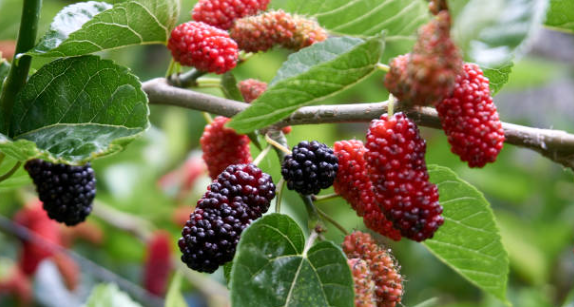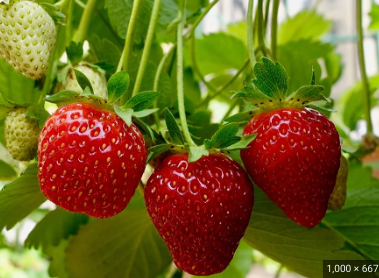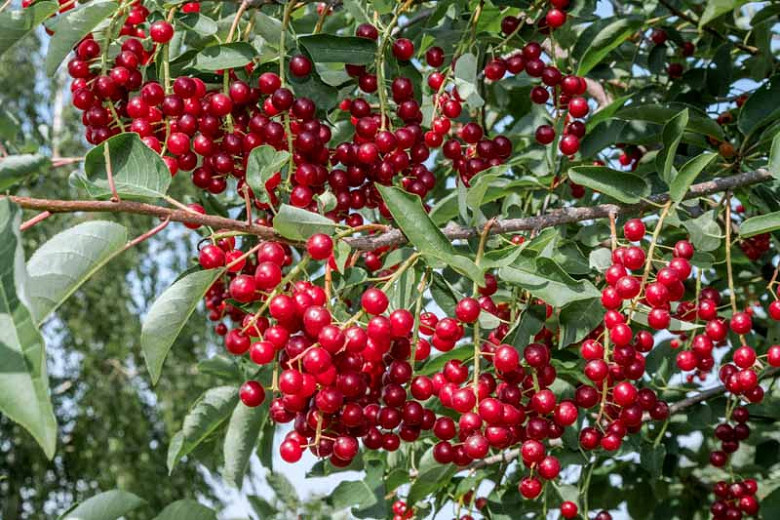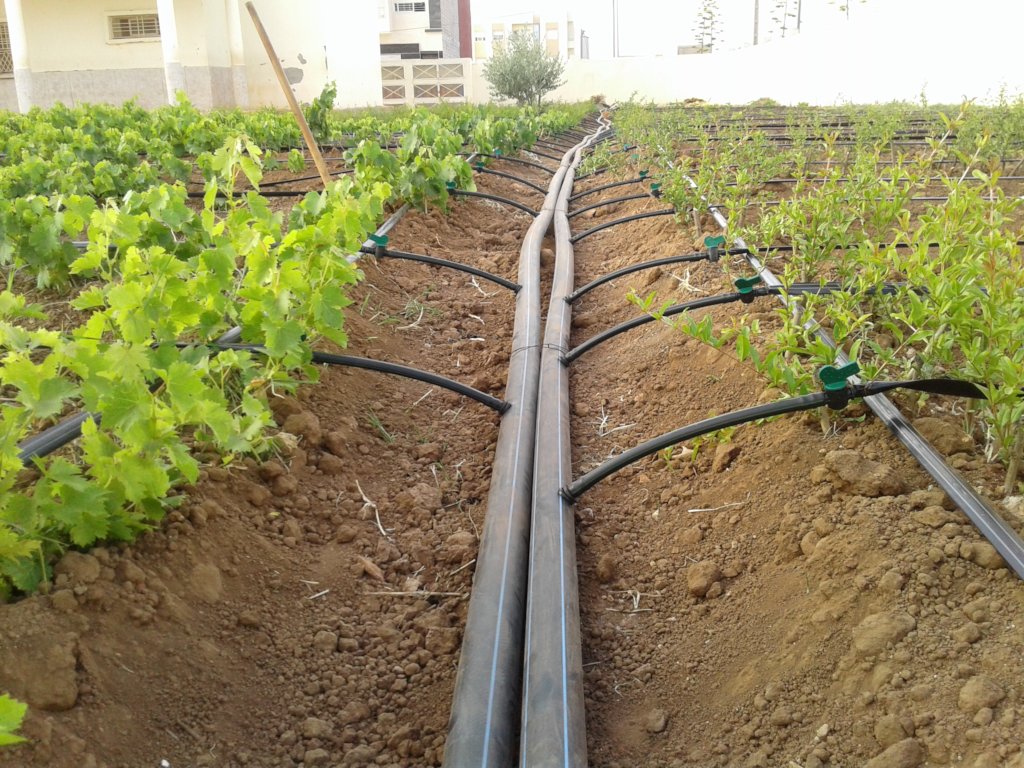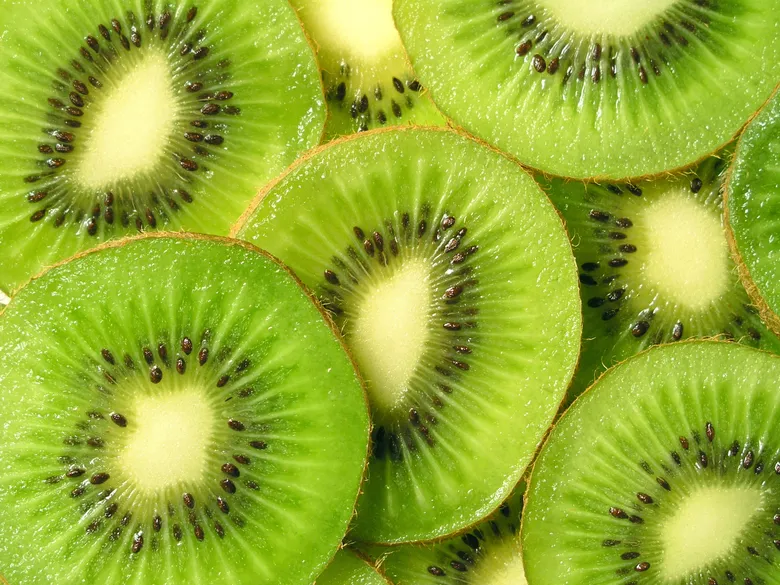If you love sweet and juicy figs but are having a hard time getting your fig tree to bear fruit, don’t worry. This guide will walk you through the simple ways to encourage your tree to produce figs, focusing on pruning, feeding, watering, and sunlight.
Table of Contents
Get to Know Your Fig Tree
Fig trees belong to the Ficus family and can reach heights of up to 50 feet. There are many kinds of fig trees, such as the common fig, the Adriatic fig, and the Kadota fig.
These trees are unique because they give us two rounds of fruit every year, once in summer and once in autumn. Fig trees are also deciduous, which means they shed their leaves in fall and grow them back when spring arrives.
Why Your Fig Tree Might Not Be Fruiting
There could be a few reasons why you’re not seeing any figs on your tree. Often, it’s because the tree isn’t getting enough light, it’s not being pruned correctly, it lacks the right nutrients, or it’s either getting too much or too little water. Sometimes, bigger problems like bugs and diseases can stop a fig tree from fruiting, too.
Tips to Encourage Your Fig Tree to Fruit
1. Pruning Your Fig Tree
Pruning is very important for the health of your fig tree and helps it bear fruit. Here are some easy steps on how to prune your fig tree:
- Prune during winter or early spring when the tree isn’t actively growing.
- Take off any branches that are dead or look sick.
- If branches are too long or crowded, cut them back to help the tree grow more.
- Trim the top of the tree to make it bushier and fuller.
2. Feeding Your Fig Tree
Feeding your fig tree with the right fertilizers can make a big difference in fruit production. Here’s how you can feed your tree:
- In spring, put down a general fertilizer with equal parts nitrogen, phosphorus, and potassium (such as 10-10-10).
- In summer, use a fertilizer that has more nitrogen (like 7-1-2) to support fruiting.
- In fall, choose a fertilizer that has more phosphorus (such as 4-12-4) to strengthen the roots.
3. Watering Your Fig Tree
Water is essential for fig trees, especially when they’re setting fruit. Here’s the right way to water your tree:
- Give your tree a deep soak once a week, aiming for 1-2 inches of water.
- Adjust how often you water based on how wet the soil is and the weather.
- Cut down on watering in winter since the tree is resting and not growing much.
4. Ensuring Enough Sunlight for Your Fig Tree
Figs need plenty of sunshine to ripen. Make sure your tree is getting enough light with these tips:
- Plant your tree where it will get at least 8 hours of direct sunlight every day.
- Trim any nearby trees or bushes that might be shading your fig tree.
- Prune the tree to open up the middle so sunlight can get through to all the branches.
Conclusion
Fig trees can be a delightful addition to your garden when they start giving you fruit. By using the straightforward advice in this guide, you can boost your fig tree’s fruit production and enjoy delicious figs for many seasons to come.
